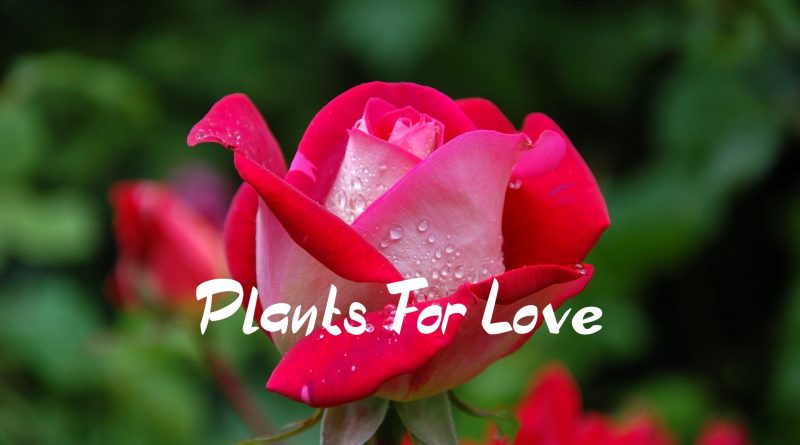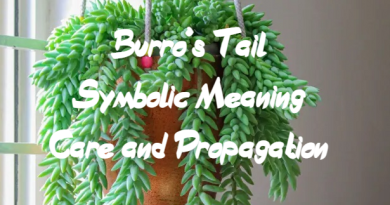Plant That Means Love
Different Plants have their own symbolic meaning. Golden Pothos Plant symbolizes dedication and a relentless attitude to chase one’s dream whereas Snake Plant symbolizes peace, serenity and calmness. Similarly, Lucky Bamboo Plant symbolizes good fortune and also attracts positive energy when placed in the right direction. The spider plant symbolizes good energy, good luck, and prosperity. See, there are varieties of plants around with their unique meanings. And, there are plant that means love as well.
If you are new to this plant world, 15 Must-Have Indoor Plants With Meanings & Care Tips might help you diverging your knowledge where you can find various plant that mean love as well.
Plants For Love
Do you think Rose is the only plant that means love? If you think so, then you are wrong. Plants such as Hoya Keri (Sweetheart Plant), String of Hearts, Bleeding Heart, Heart Leaf Philodendron, Anthurium, Peony represent Love. To know more about these plants, the link is just below.
Flowering Plants That Mean Love
Red Rose, Hot Lips, Bleeding Heart, Anthurium, Dancing Lady Orchid, Jasmine, Daffodil, Iris, Lily, Tulip are some of the popular flowers that symbolize love. There are the plants that mean love, care, and attraction towards your love. These plants are best described in the post below.
Mostly Asked Questions
Roses, Hoya Keri (Sweetheart Plant), String of Hearts, Bleeding Heart, Heart Leaf Philodendron, Anthurium, Peony symbolize love.
Roses and Jasmine flowers best represent love and marriage.
Roses, Lavender, Jasmine, Peonies, Forget-Me-Nots, Carnations, Orchids, Sunflowers, Lily of the Valley, Daisies mean love.
Final Words
Here we provide you with the plant that mean love. These are the plants that represent love. Remember that the meanings of plants can vary across cultures and traditions, and personal interpretations can also play a role in how these symbols are perceived. When giving or receiving flowers, it’s essential to consider the cultural context and the intended message behind the gesture.




